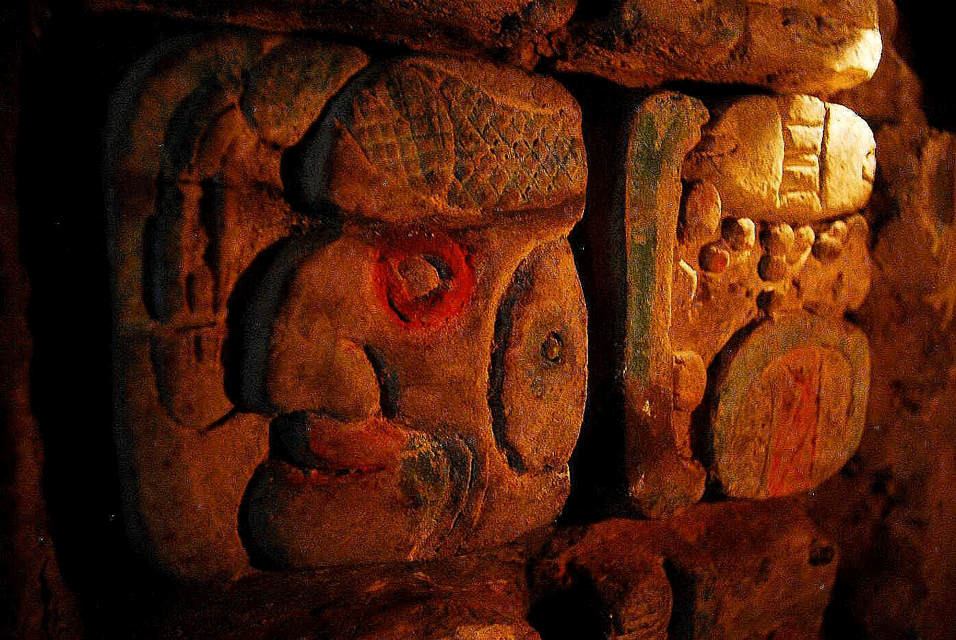
The discovery adds up to the sarcophagus recently uncovered by specialists of the National Institute of Anthropology and History (INAH). The wall dated in 708 AD was detected at El Palacio; a stucco portrait of K'inich B'aaknal Chaahk, the most powerful seignior of the ancient Maya city, was found as well.
Dr. Juan Yadeun Angulo, coordinator of Tonina Conservation and Research Project, declared that K'inich B'aaknal Chaahk forged "one of the greatest military seigniories of Maya history before Mexica people arrived to the region".
Two vaulted rooms found with the wall and portrait are part of El Palacio or Casa de las Luciernagas (Palace or House of Fireflies), an architectural complex at the Acropolis, which is "one of the greatest pyramidal structures of Mexico and the world".
Dr. Carlos Pallan Gayol, director of INAH Acervo Jeroglifico e Iconografico Maya, Ajimaya (Maya Hieroglyphic and Iconographic Heap), who has dedicated to study the recently found wall, declared that it is important because it confirms that The Palace was the power seat of K'inich B'aaknal Chaahk, the 6th of 14 (known to present) rulers of Tonina.
"This wall is fundamental to understand a chapter of Tonina history between 680 and 715 AD, when the 6th seignior appears in the dynastic sequence of the site. To present, it is known that K'inich B'aaknal Chaahk was the ruler with greater politic and hegemonic power in Tonina, a city known in its times as Po' (white in Mixe-Zoque language)", he explained.
Behind the stuccoed wall with hieroglyphs that represent 2 dates corresponding to March and June of 708 AD, is located the seat of a throne, the only of 4 found at El Palacio placed in a very private and restricted location.
Pallan, also part of INAH National Coordination of Archaeology, remarked the good conservation state of the wall which, besides the fine-modeled stucco hieroglyphs, maintains most of its blue and reddish pigments.
"The seignior might have seated behind the wall to converse with foreign dignitaries and other characters, clearly establishing the rank difference with them. K'inich B'aaknal Chaahk was the personification of political power and had a sacred character as well".
The wall, considered Pallan Gayol, will bring in valuable information for different fields, since it contains historical data, as well as mythological and linguistic information", he concluded.



Reader Comments
to our Newsletter